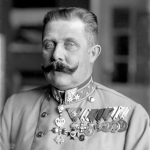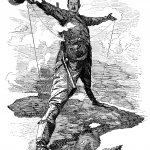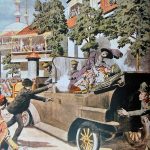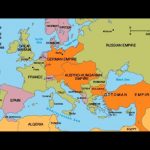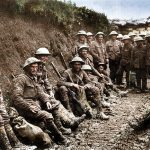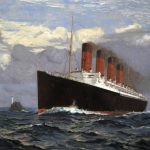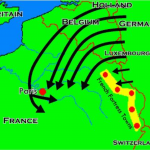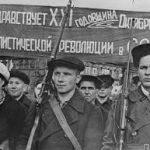World War I Facts
Have you ever wondered why the First World War is called the First World War? Most textbooks tell us it was a war between just a few European countries and the United States.
It is called the First World War because there were lots of countries and soldiers involved, even though we don’t always remember those countries in the history books.
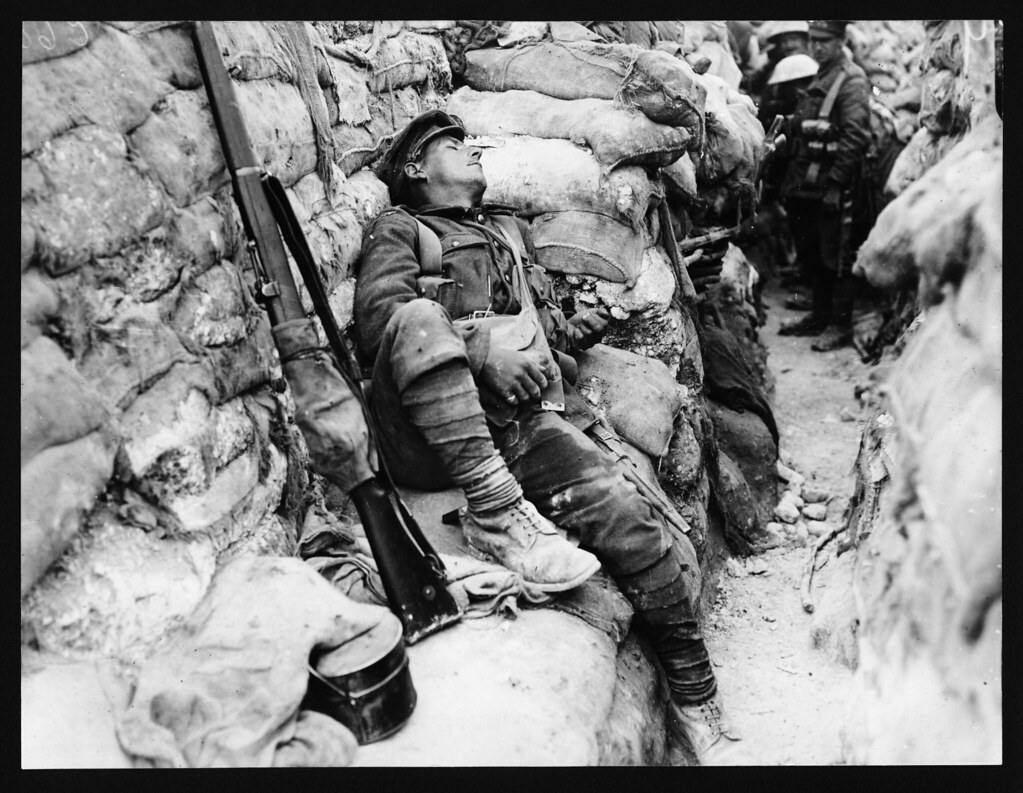
It started in 1914 when a man called Archduke Franz Ferdinand was shot. Because Russia, France and England were on the same side, these countries all went to war with Germany and Hungary.
Although there were lots of countries that were not directly fighting against each other, the First World War really had a huge impact across the globe.
It lasted 5 years and involved lots of battles in Europe, Asia, Africa and the Middle East.
There were soldiers from lots of countries either fighting on the Allies’ side (France, Russia and Britain) or the Central Powers’ side (Italy, Germany and Austria-Hungary).
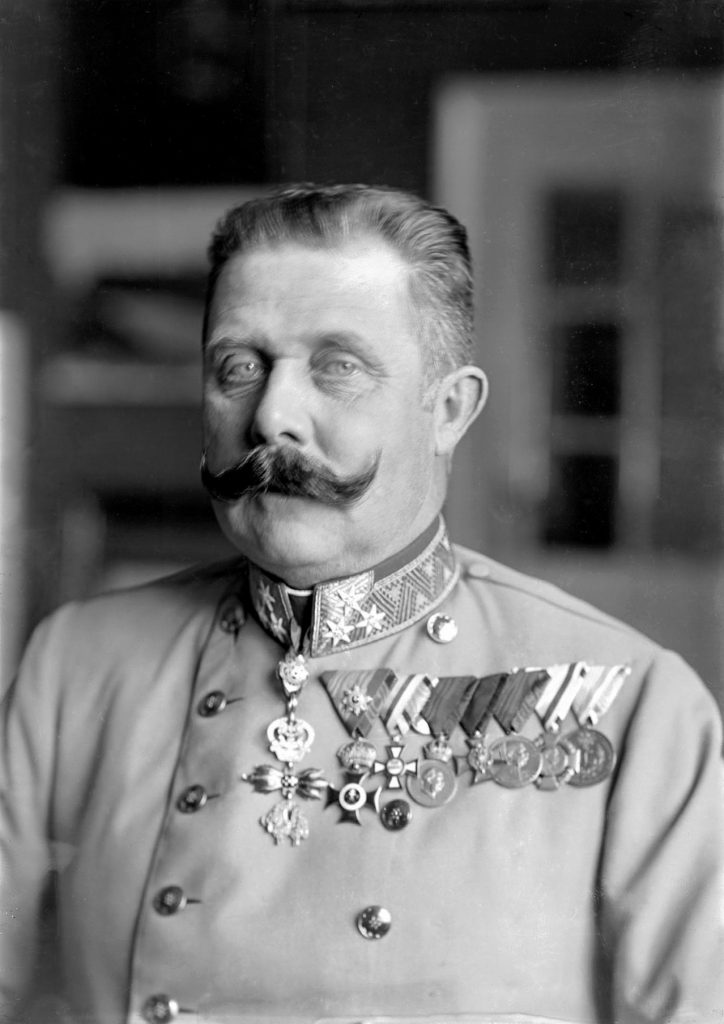
Most of the battles did take place in Europe and most countries in Europe either directly or indirectly played a part in the war.
5.2 million British men were involved in World War 1, which was nearly half the male population between the age of 18 and 51.
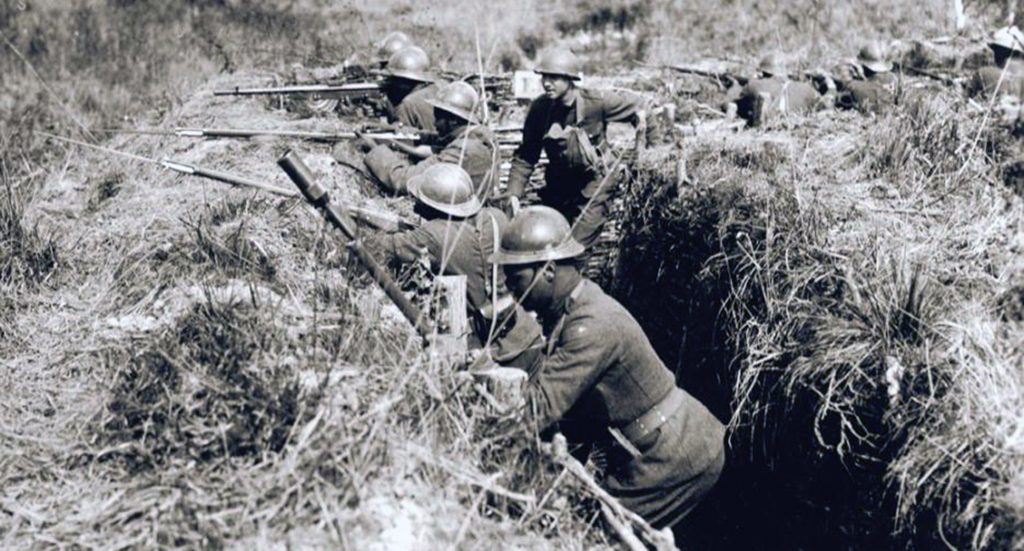
France sent 7.9 million soldiers. 13 million Germans fought between 1914 and 1918 and Germany also forced people from Italy, Albania, Montenegro, Serbia, Romania and Russian Poland to either fight or work.
Germany was not the only country with the power to make others fight.
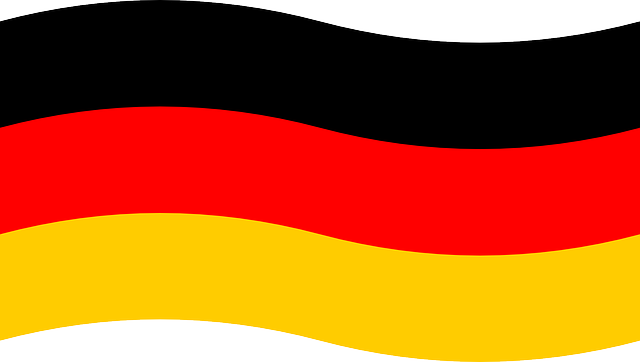
Even countries that were not fighting at the beginning joined the war in some way. Countries that remained ‘neutral’ (didn’t take a side), helped by supplying workers or weapons.
The World War lasted so long – and needed so many weapons and soldiers – that Germany, France and Britain looked overseas for help.

Some countries had to go to war, whether they wanted to or not. This was because many countries in Africa, Asia and the Americas were colonies (under the control) of Britain, France and Germany.
For example, India was a colony of the British Empire and it sent the most troops from all of Asia.
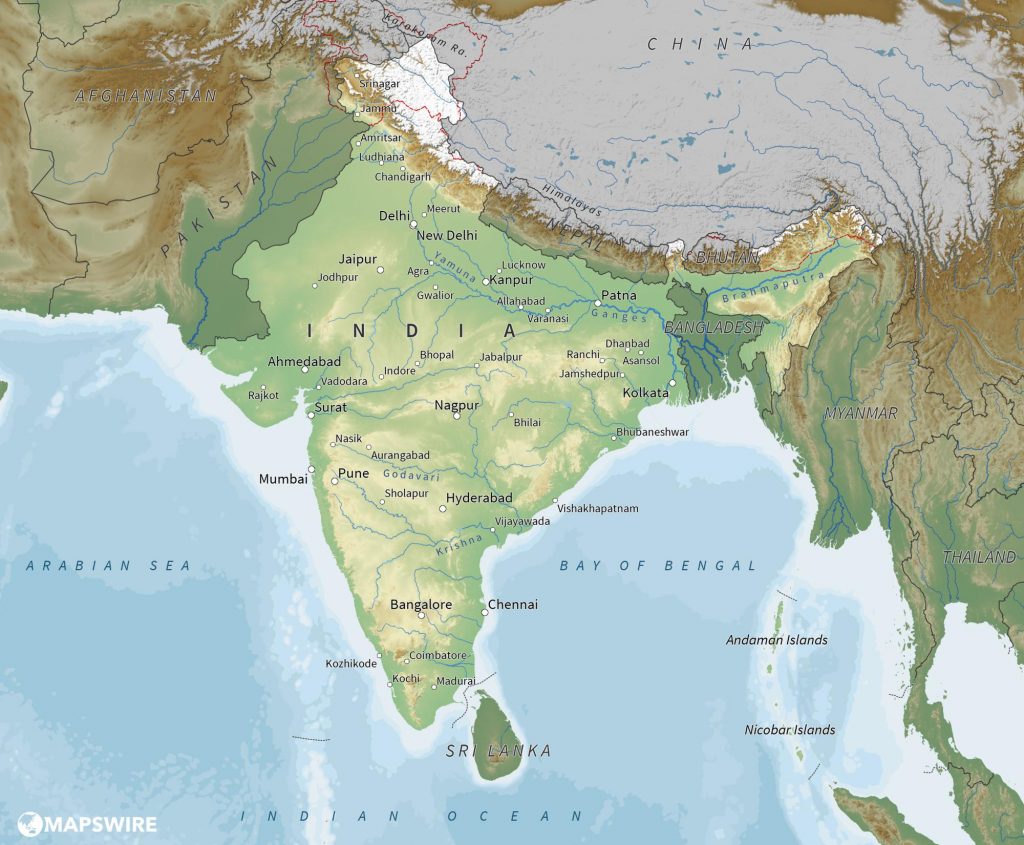
India sent 1.2 million men to help in the war. Australia was also a British colony at the time and sent 333,000 troops to fight in Europe and the middle east.
China was one of those countries that was supposed to be neutral, but they still sent 200,000 workers to the Allied forces to help repair vehicles (like tanks).
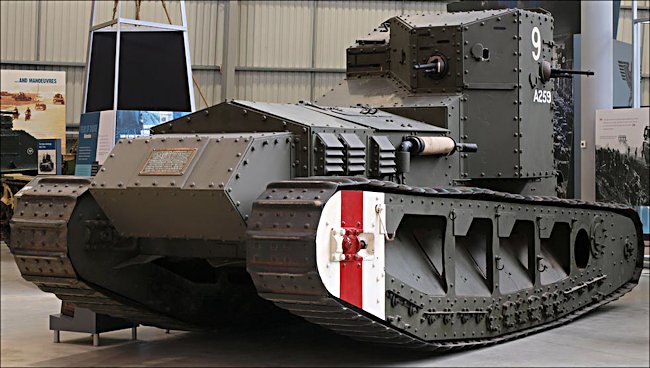
Japan also sent ships to help Britain with battles in the Mediterranean Sea.
In 1914, 90 percent of Africa were colonies of the European powers (under their control, and part of their ‘empires’). 2.5 million Africans served as soldiers or workers.
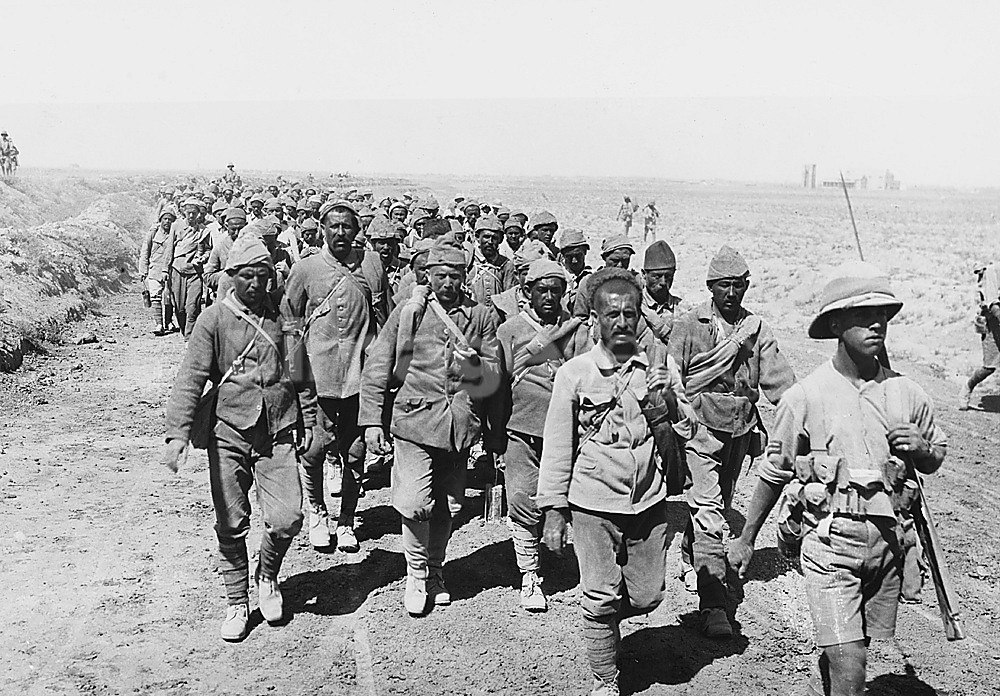
When the United States joined the war, 4 million men joined and lots of Central America and Caribbean countries also became involved.
This means that they all contributed to the ‘war effort’- they are seen to have played a part in the war.
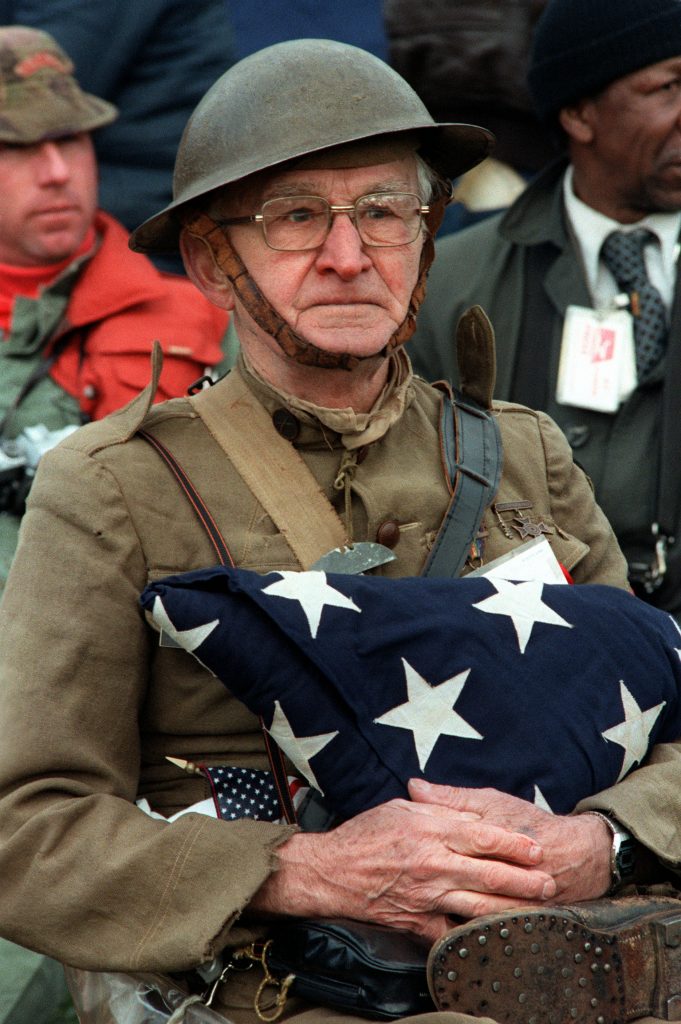
So, you see, the First World War really did have a huge impact around the globe and we are probably right to call it the First World War.
After the war ended, there were lots of changes to the way people lived and the way people were ruled (or ‘governed’).
There were new political systems in place, for example in Russia, where the old monarchy was thrown out and replaced by a new system called Communism.
In Britain, some women became eligible to vote just a few years after the war.
The First World War is seen as a ‘catalyst’: a ‘spark’ that ignited lots of lasting global changes, good and bad.
Also Read: Amelia earhart facts

